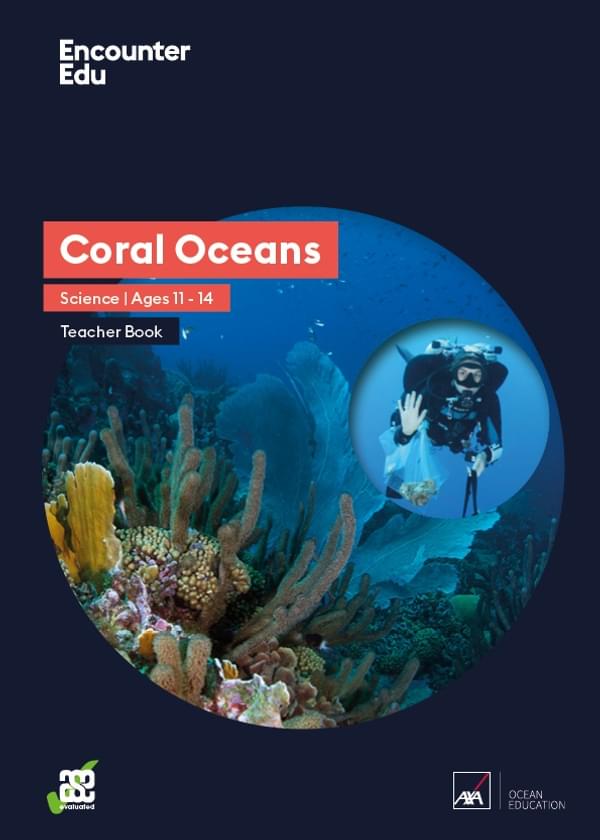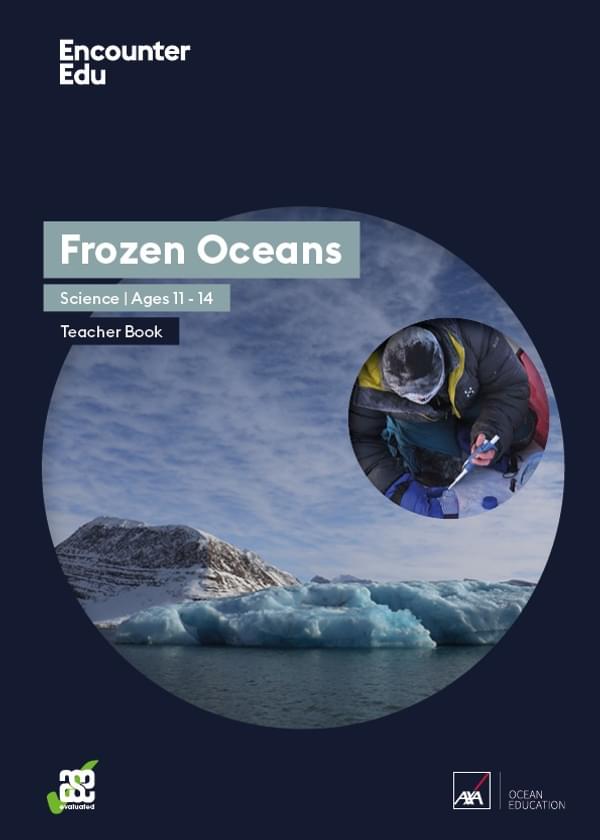Dissolving ‘coral’ and ‘shells’ in vinegar
This activity demonstrates the ability of an acidic substance (in this case, vinegar) to ‘dissolve’ coral reefs and shells which protect ocean life. Although corals and shells are not dissolving as fast as demonstrated in this experiment, it is possible to reach these levels in the future.
Ages 10+
10 minutes
Part of:
AXA Ocean EducationSteps
- Carefully half fill a clear cup or container with clear vinegar.
- Add a piece of chalk to the container. Some chalk is made with a protective cover to stop chalk rubbing off on hands. It may help to break a piece of chalk into smaller pieces to better see effects of the vinegar.
- Observe what is happening. Older children and adults can try to guess the chemical reaction that is taking place.
More ideas
You can also try this activity using sea shells instead of chalk. If you do not live near the sea, these could be collected from a local restaurant that serves sea food. Shells with rough or ridged surfaces will react more quickly than those with smooth surfaces.
Safety guidance
- Check that there are no allergy issues to chalk or vinegar.
Brought to you by

Celebrating


Science | Ages 11-14
Coral Oceans
These resources for ages 11-14 are based on the journeys undertaken by science teams taking part in the XL Catlin Seaview Survey expeditions. Starting with the Great Barrier Reef in 2012, these expeditions seek to create a baseline survey of the world's reefs as well as more in-depth research on the deep reef lying between 30m and 100m.


